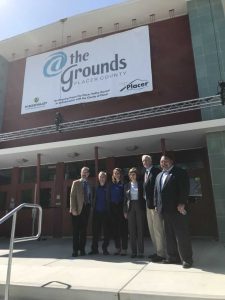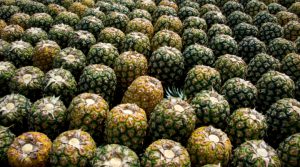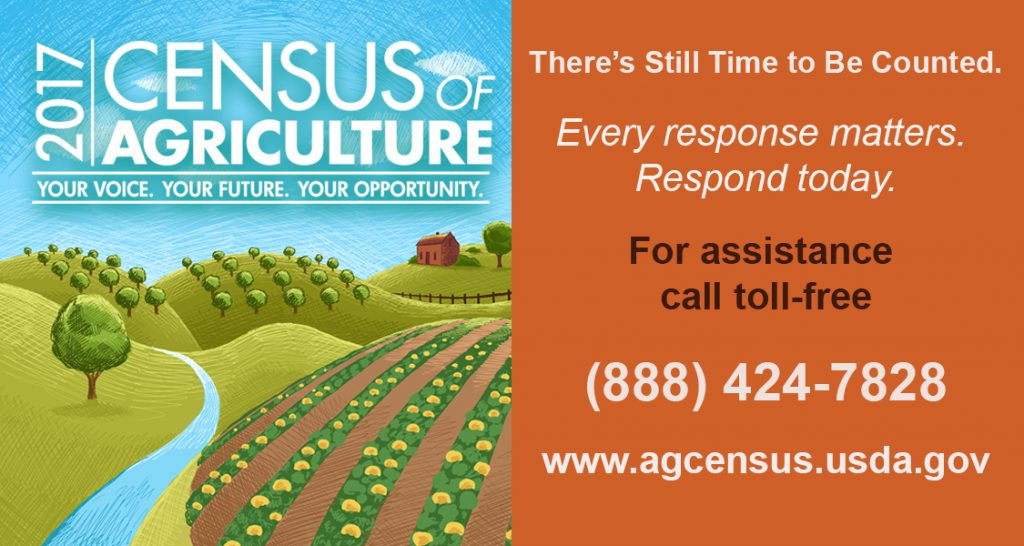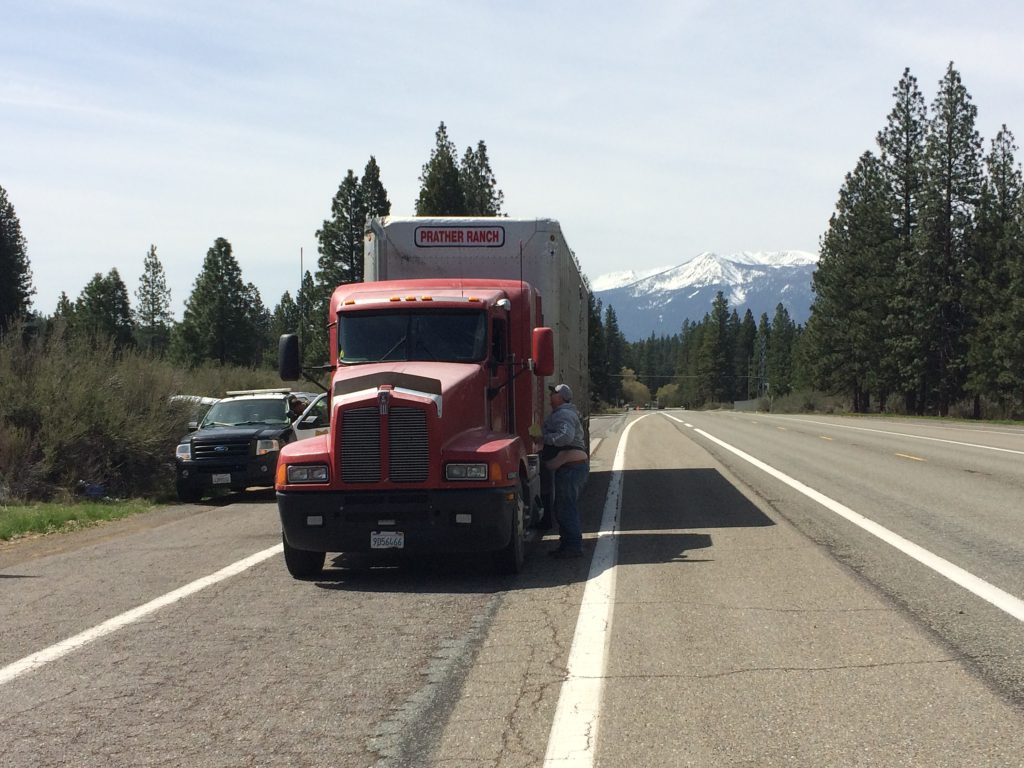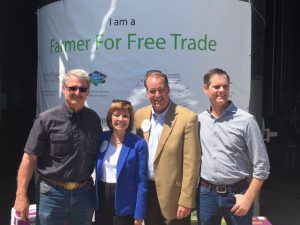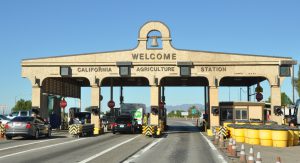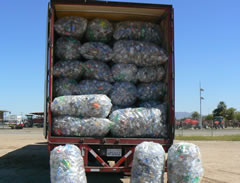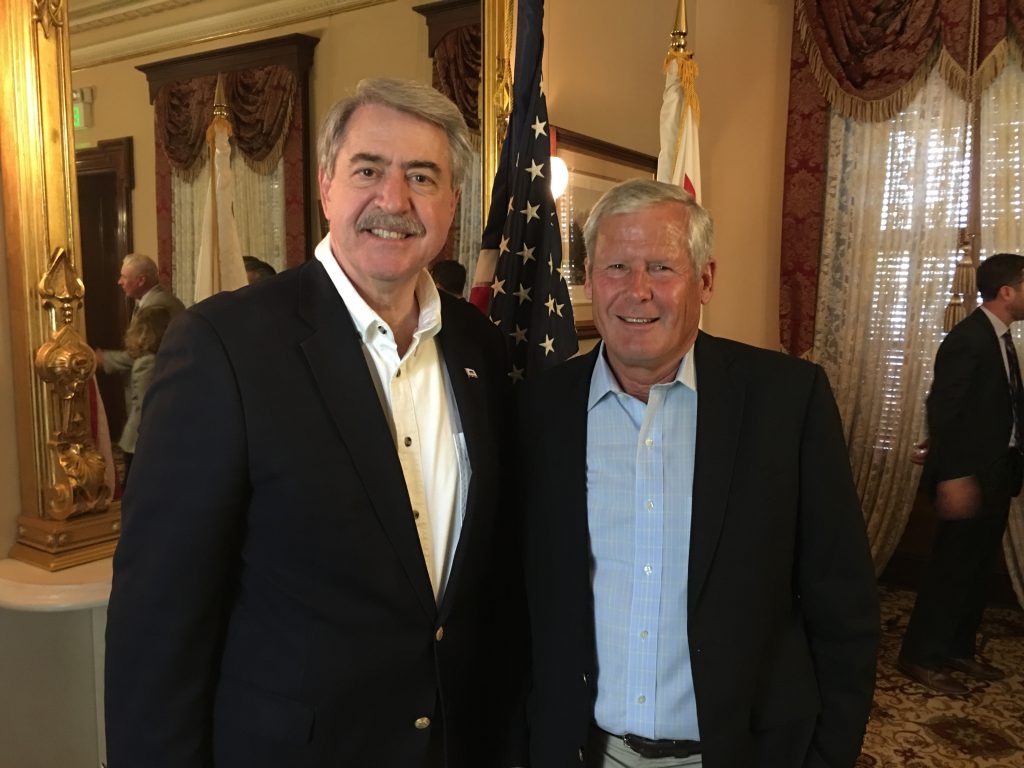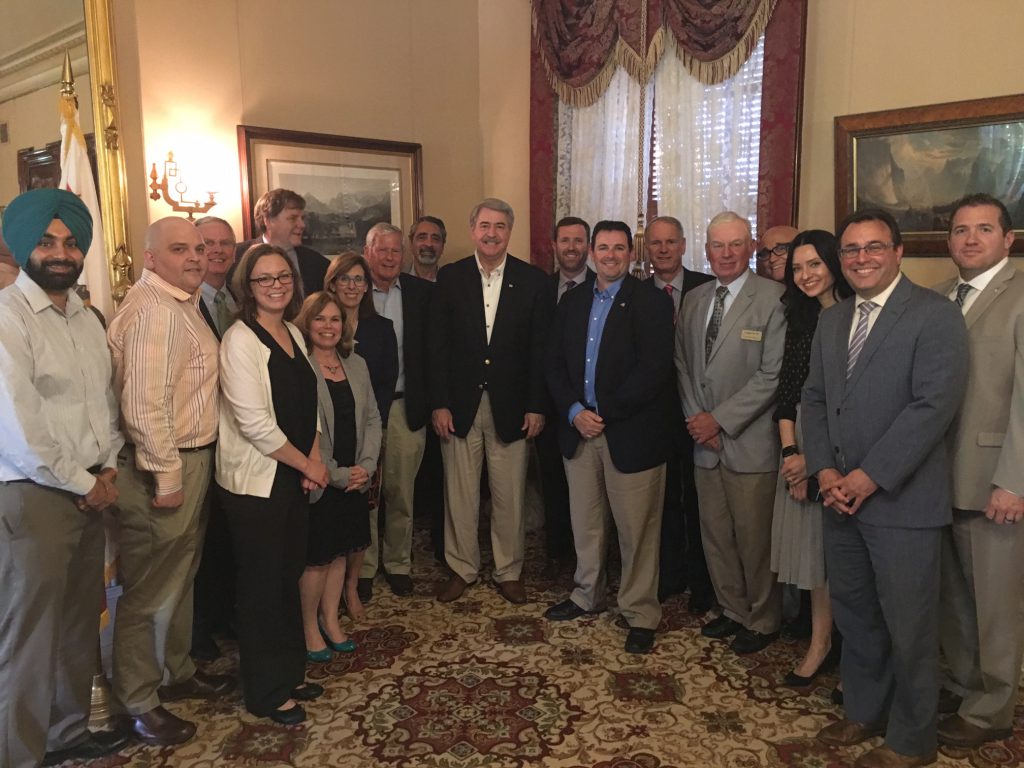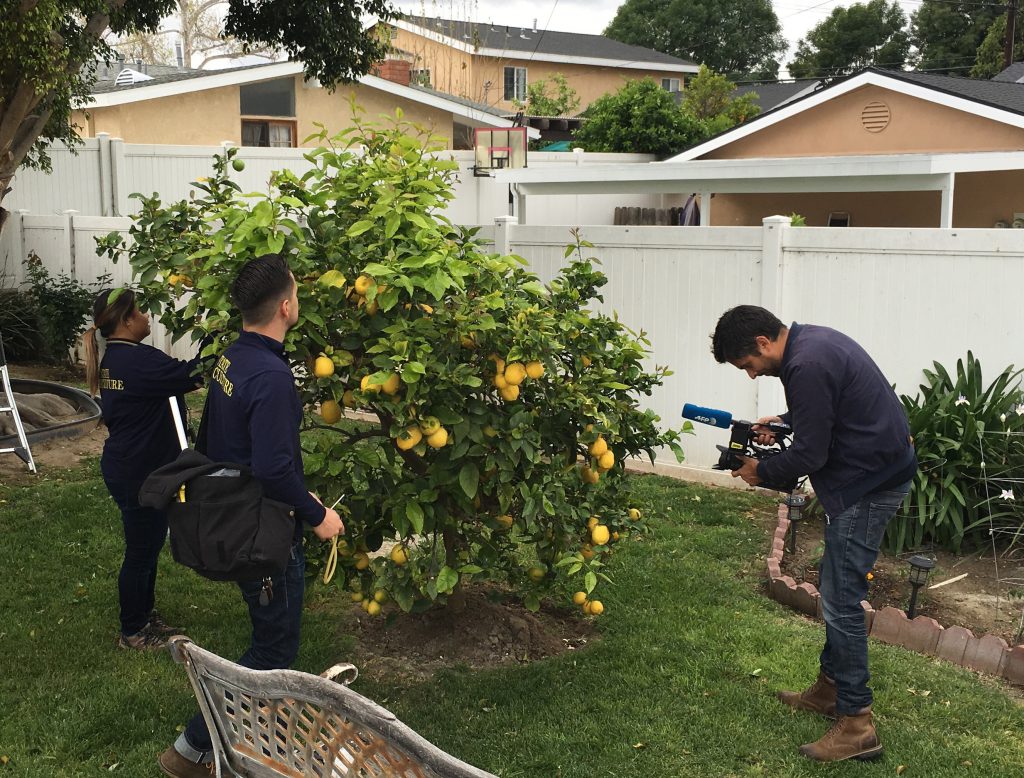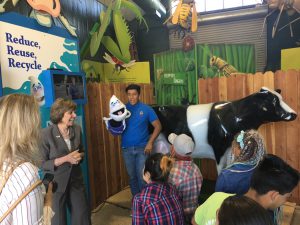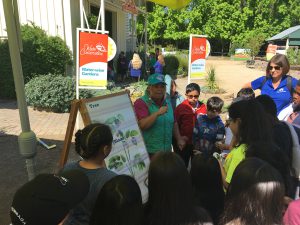 Note: Funded by Cap-and-Trade dollars, California Climate Investments continue to support the creation of programs that reduce greenhouse gases on agricultural operations. Alongside several programs offered by the California Department of Food and Agriculture, sisters agencies like the California Energy Commission and the California Air Resources Board are also making similar investments in the state’s thriving agricultural sector.
Note: Funded by Cap-and-Trade dollars, California Climate Investments continue to support the creation of programs that reduce greenhouse gases on agricultural operations. Alongside several programs offered by the California Department of Food and Agriculture, sisters agencies like the California Energy Commission and the California Air Resources Board are also making similar investments in the state’s thriving agricultural sector.
From the California Air Resources Board
Funds will soon be available to expedite the purchase and use of cleaner agricultural equipment to help farmers reduce their exposure to harmful diesel exhaust, improve local air quality, and reduce greenhouse gas emissions, the California Air Resources Board has announced.
The “Funding Agricultural Replacement Measures for Emission Reductions” (FARMER) Program provides $135 million for farmers to acquire cleaner heavy duty trucks, harvesting equipment, agricultural pump engines, tractors and other equipment used in agricultural operations. The funds, available this summer, will be administered through California’s regional air districts.
“Emissions from agricultural equipment are a significant source of air pollution, especially in the San Joaquin Valley. Reducing that pollution is necessary to protect public health and meet air quality standards,” CARB Executive Officer Richard Corey said. “Although tough new engine standards are in effect now and will eventually lower emissions, most agricultural equipment lasts for decades. We cannot wait for the older dirtier equipment to phase out naturally, so we are taking action to improve air quality sooner by helping farmers to buy cleaner farm equipment now. This will help improve air quality throughout the state, but particularly in the San Joaquin Valley which suffers from unacceptably high levels of fine particle pollution.”
FARMER funding allocations come from proceeds from the state’s cap-and-trade program ($85 million), the Air Quality Improvement Fund ($15 million) and the Alternative and Renewable Fuel and Vehicle Technology Fund ($35 million). The California Legislature directed funds from these three sources to reduce emissions from the agricultural sector through grants, rebates and other financial incentives.
Because the San Joaquin Valley has the vast majority of California’s agricultural operations and experiences the greatest negative health impacts from agricultural emissions, 80 percent of the funding — $108 million — will be distributed by the San Joaquin Valley Air Pollution Control District to farmers in the region.
Legislators placed special emphasis on purchasing vehicles and equipment that use advanced technologies such as clean diesel or electricity in order to accelerate improvements in air quality.



